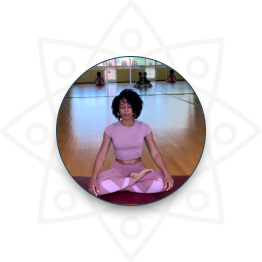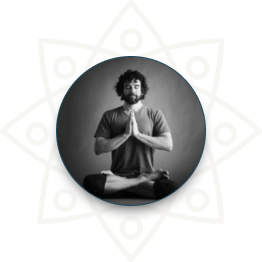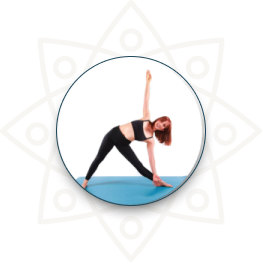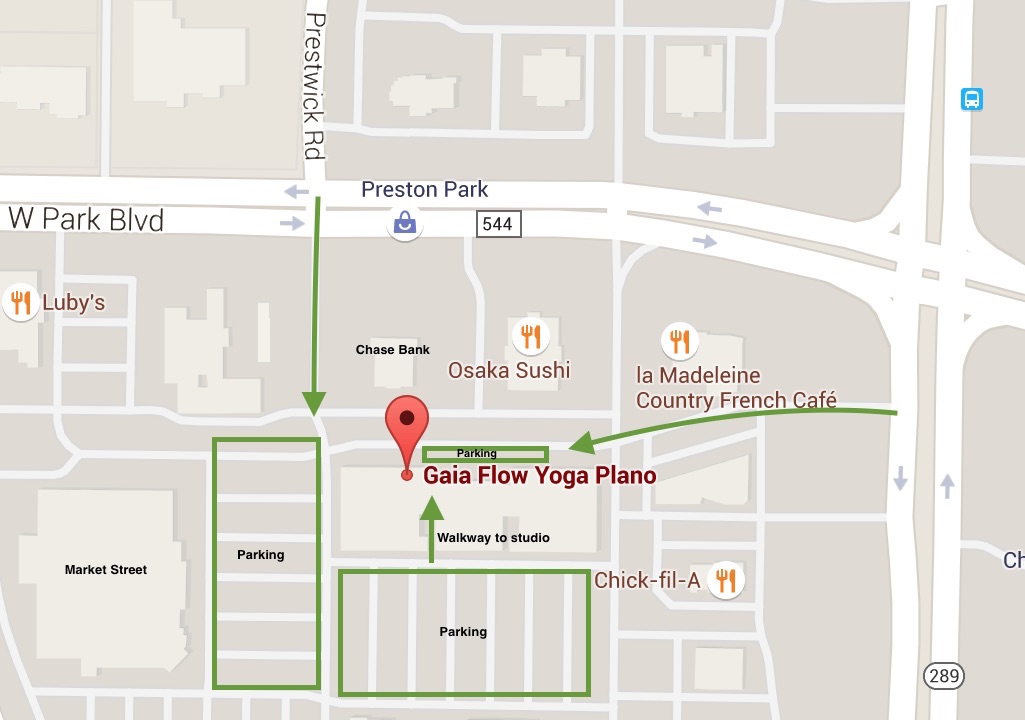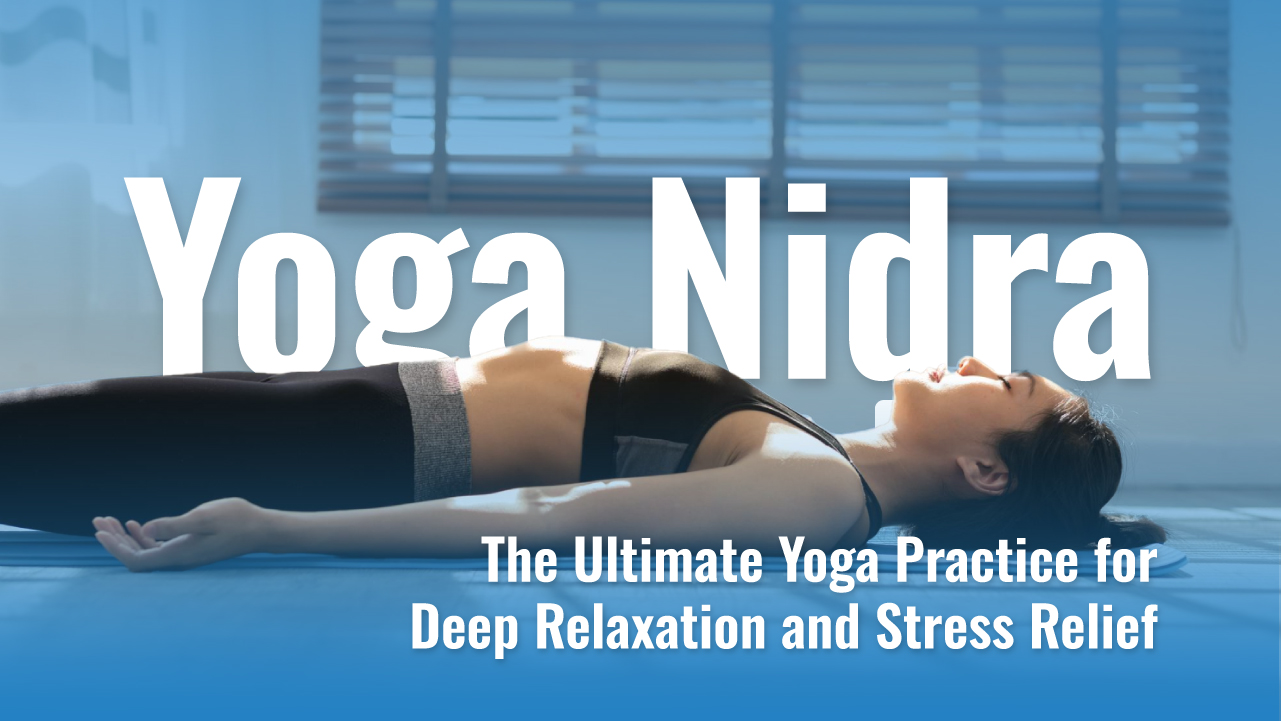
In today’s fast-paced world, stress has become an unavoidable part of daily life. In fact, according to the American Psychological Association, nearly 80% of adults report feeling stressed regularly, and this chronic stress can lead to severe health issues, from insomnia to heart disease.
Enter Yoga Nidra, a powerful practice designed to combat these overwhelming pressures. Often referred to as “yogic sleep,” Yoga Nidra is a deeply restorative meditation that can help you access a profound state of relaxation in just 30 minutes—offering the equivalent rest of up to 4 hours of sleep.
Whether you’re seeking relief from anxiety, better sleep, or a way to unwind, Yoga Nidra might just be the ultimate solution to help you reset and recharge.
What is Yoga Nidra?
Yoga Nidra, often called “yogic sleep,” is a guided meditation practice that allows you to enter a state of deep relaxation and conscious rest. Unlike traditional yoga, which focuses on physical postures (asanas), or seated meditation that requires mental concentration, Yoga Nidra is practiced lying down in a completely relaxed state. Its goal is not to move the body but to still the mind while staying aware, bridging the gap between wakefulness and sleep.
This ancient practice has its roots in the teachings of Tantra and Sankhya philosophy and has been used for thousands of years to bring mental clarity and emotional balance. While it shares some similarities with traditional meditation, the key difference lies in the state it induces: Yoga Nidra guides you through different stages of consciousness, allowing the body to sleep while the mind stays alert. This “hypnagogic” state—the transition between wakefulness and sleep—enables deep healing and relaxation. It is here that profound rest is achieved, reducing stress and tension at a deeper level than regular rest or sleep can provide.
By entering this state of conscious rest, you experience a journey inward, relaxing not just the body but also calming the mind and emotions. This process taps into the subconscious mind, helping to release deep-seated tensions, heal emotional trauma, and restore overall well-being.
How Yoga Nidra Promotes Deep Relaxation
During a Yoga Nidra session, the body and mind respond in ways that create profound relaxation, far beyond typical rest. As you lie down in a comfortable position, the session begins by guiding you through a systematic journey of awareness. This includes body scans, breath observation, and mental imagery, which gradually brings you into a state of complete stillness and calm.
Stages of Relaxation: From Physical Stillness to Mental Calm
Yoga Nidra starts by relaxing the physical body. In the initial phase, you systematically bring awareness to different parts of the body, encouraging them to release tension. This stage alone helps melt away physical stress, similar to the relaxation you feel just before falling asleep.
Next, the practice moves to a more subtle level, working with the mind. As the session continues, you shift from physical relaxation to mental calm. Thoughts begin to slow down, and mental chatter is significantly reduced, allowing the mind to rest. This stage creates an inner calm, which is where deeper emotional and psychological healing can occur.
Effects on the Nervous System: Activating the Parasympathetic Response
One of the most powerful effects of Yoga Nidra is its impact on the nervous system. The practice activates the parasympathetic nervous system—also known as the “rest and digest” mode. This is in contrast to the sympathetic nervous system, which is responsible for the “fight or flight” response, commonly triggered by stress. By engaging the parasympathetic response, Yoga Nidra lowers heart rate, reduces blood pressure, and encourages the release of stress-reducing hormones like serotonin.
However, while Yoga Nidra offers deep relaxation benefits, some people may find it challenging to stay alert during the session, as the state between wakefulness and sleep can lead to drowsiness or even falling asleep unintentionally. This can limit the full psychological benefits of the practice, as it’s designed to maintain conscious awareness.
Overall, Yoga Nidra promotes holistic relaxation that touches the body, mind, and nervous system, making it an ideal practice for those seeking both physical rest and emotional healing.
Stress Relief Through Yoga Nidra
Yoga Nidra is a powerful tool for reducing stress, supported by both ancient wisdom and modern science. One of its key benefits is the reduction of cortisol, the primary stress hormone that, when elevated, contributes to anxiety, tension, and even long-term health problems like heart disease. Scientific studies have shown that regular Yoga Nidra practice significantly lowers cortisol levels, helping the body and mind return to a state of balance.
Scientific Evidence: Lowering Stress Hormones
A study published in the International Journal of Yoga found that participants who practiced Yoga Nidra for just 30 minutes a day experienced a marked reduction in cortisol levels compared to those who practiced other forms of relaxation. This decrease in cortisol is linked to reduced feelings of stress and tension, helping individuals feel more calm and centered.
Mental Health Benefits: Easing Anxiety, Depression, and Emotional Fatigue
Beyond its physiological effects, Yoga Nidra is also a potent remedy for mental health challenges like anxiety, depression, and emotional fatigue. The practice’s structured approach to relaxation and visualization allows the mind to release deep-seated emotions and mental patterns that contribute to chronic stress. Studies have also shown that Yoga Nidra can reduce symptoms of generalized anxiety disorder and post-traumatic stress disorder (PTSD), providing relief to those who may struggle with traditional therapy methods.
Moreover, people often report feeling rejuvenated and emotionally balanced after just a few sessions. The guided nature of the practice ensures that practitioners feel supported throughout, making it accessible even to those new to meditation.
The Long-Term Benefits of Regular Yoga Nidra Practice
Consistent practice of Yoga Nidra offers profound long-term benefits that extend beyond the immediate relaxation it provides. By regularly engaging in this deeply restorative practice, you can experience significant improvements in your physical, mental, and emotional well-being.
- Improved Sleep Quality: Yoga Nidra helps regulate sleep patterns by deeply relaxing the nervous system. This leads to more restorative sleep, reducing insomnia and enhancing overall restfulness. Over time, improved sleep quality results in increased energy and a more balanced mood.
- Enhanced Creativity and Focus: The practice of Yoga Nidra can synchronize brain activity, which fosters creativity and sharpens focus. By entering a relaxed yet alert state, the mind becomes more adept at generating new ideas and solving problems, boosting productivity and innovative thinking.
- Better Emotional Resilience: Yoga Nidra supports emotional health by releasing stored stress and tension. Regular practice enhances emotional stability, making it easier to manage anxiety and depression. This increased resilience helps practitioners handle stress with greater ease and maintain a more positive outlook.
- Overall Well-being: Beyond specific benefits, Yoga Nidra contributes to overall well-being. It promotes a deep sense of inner peace and balance, supports immune function, and reduces chronic stress. Practitioners often feel more centered, connected, and satisfied with their lives as a result.
Whether it’s better sleep, more creativity, emotional stability, or overall health, the long-term benefits of Yoga Nidra make it a transformative practice for a happier, healthier life.
Yoga Nidra, often hailed as “yogic sleep,” is more than just a relaxation technique—it’s a transformative practice with profound benefits for body, mind, and spirit. By guiding you into a deep state of relaxation, Yoga Nidra helps reduce stress, improve sleep quality, and foster emotional resilience. The practice not only supports immediate stress relief but also contributes to long-term well-being by enhancing creativity, focus, and overall health.
Incorporating Yoga Nidra into your routine can lead to significant improvements in your daily life, providing a sanctuary of calm in our busy world. Whether you’re seeking to manage stress, boost mental clarity, or simply enjoy deeper relaxation, Yoga Nidra offers a valuable tool for achieving these goals. As you embrace this practice, you’ll discover a renewed sense of balance and tranquility, enriching your life both in the moment and over the long term.




